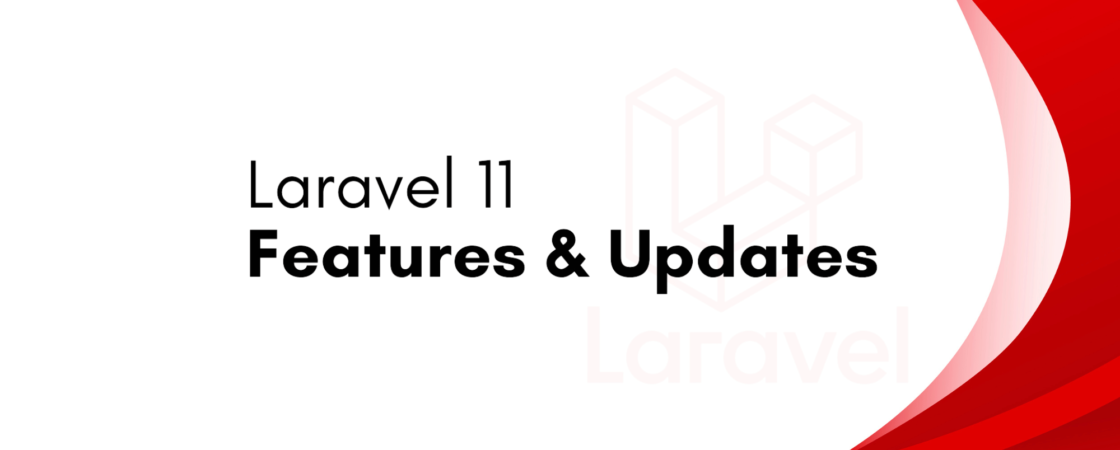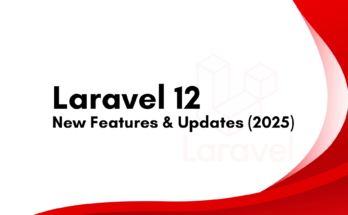Introduction
Laravel, one of the most popular PHP frameworks, continues to evolve with each new release. Laravel 11 is no exception, introducing powerful new features, optimizations, and developer-friendly enhancements. This guide provides an in-depth look at Laravel 11, covering its latest improvements, installation process, upgrade steps, best practices, and frequently asked questions.
Why Laravel 11?
Laravel has consistently provided developers with a robust framework that simplifies web development through built-in tools, clear documentation, and a vibrant ecosystem. Laravel 11 enhances security, optimizes performance, and improves usability, making it the best Laravel version to date.
Key Features of Laravel 11
1. Improved Performance
Performance optimizations in Laravel 11 make applications run faster and more efficiently. The core framework has been streamlined to reduce latency, ensuring an enhanced user experience.
2. Simplified Directory Structure
Laravel 11 introduces a cleaner and more maintainable directory structure. Some redundant files and folders have been removed or reorganized, improving navigation for developers.
3. Enhanced Blade Components
Blade components have been further refined, making it easier to create reusable UI components. Laravel 11 includes new directives and syntax enhancements to improve component usability.
4. Built-in Support for HTTP/3
Laravel 11 integrates HTTP/3 support, improving website performance by reducing latency and increasing security. This makes it easier to handle real-time applications with improved network efficiency.
5. Optimized Routing System
Routing in Laravel 11 is now faster and more readable. New routing methods simplify route definitions, making large applications easier to manage.
6. Security Enhancements
Security remains a priority in Laravel 11, with updates to authentication mechanisms, encryption methods, and CSRF protection. These enhancements make Laravel 11 a more secure framework for web applications.
7. Middleware Improvements
Middleware features in Laravel 11 provide greater flexibility for handling request and response modifications. Developers can now create and apply middleware more efficiently.
8. Advanced Database Query Capabilities
Eloquent ORM receives various updates, including improved indexing strategies, better support for complex queries, and additional query builder methods that optimize database interactions.
9. Updated Job & Queue System
The queue system in Laravel 11 has been optimized for better job execution, reducing processing time and improving resource utilization.
10. Seamless Livewire 3 Integration
Laravel 11 fully integrates with Livewire 3, making it easier to develop dynamic and reactive user interfaces without writing JavaScript.
Installation and Upgrade Guide
Installing Laravel 11
Setting up a new Laravel 11 project is straightforward. Run the following command to install Laravel 11:
composer create-project laravel/laravel example-app
Upgrading from Laravel 10
If you are upgrading from Laravel 10, follow these steps:
- Backup Your Project – Always create a backup before upgrading.
- Update Composer Dependencies – Run:
composer update - Check Laravel Upgrade Guide – Review Laravel’s official upgrade guide to ensure compatibility.
- Test Your Application – After upgrading, thoroughly test your application to identify and fix any issues.
Best Practices for Laravel 11 Development
1. Use Eloquent Efficiently
Utilize Eloquent’s powerful query capabilities instead of raw SQL queries to ensure better performance and maintainability.
2. Optimize Blade Templates
Reduce unnecessary computations in Blade views by using caching and pre-compiled views where possible.
3. Implement Caching
Leverage Laravel’s built-in caching mechanisms like Redis or Memcached to improve application performance.
4. Secure Your Application
Use Laravel’s security features, such as middleware authentication and encrypted environment variables, to protect sensitive data.
5. Use Laravel Horizon for Queues
For better job queue management, implement Laravel Horizon to monitor and optimize queue performance.
6. Implement Testing Strategies
Use PHPUnit and Laravel Dusk to test your application and ensure reliability across different environments.
7. Utilize Task Scheduling
Use Laravel’s built-in task scheduler instead of CRON jobs to automate repetitive tasks more efficiently.
Frequently Asked Questions (FAQs)
Q1: What is the minimum PHP version required for Laravel 11?
Laravel 11 requires PHP 8.2 or later to ensure compatibility with the latest security and performance updates.
Q2: Can I use Laravel 11 for enterprise applications?
Yes, Laravel 11 is highly scalable and provides robust features that make it suitable for enterprise-level applications.
Q3: Does Laravel 11 support real-time applications?
A: Yes, with built-in support for Livewire 3 and WebSockets, Laravel 11 is excellent for building real-time applications.
Q4: How does Laravel 11 improve security?
A: Laravel 11 enhances security with updated authentication mechanisms, better encryption, and improved CSRF protection.
Q5: What are the major improvements in routing?
A: Laravel 11 introduces optimized routing that improves speed and readability, making it easier to manage large applications.
Conclusion
Laravel 11 introduces a powerful set of new features and improvements that make it a compelling choice for modern web development. With its focus on performance, security, and ease of use, Laravel 11 continues to be one of the most developer-friendly PHP frameworks available today.
Are you excited about Laravel 11? Start building powerful applications today and leverage its latest features to create high-performance web applications!
Check also Laravel 12 New Features & Updates (2025) – Full Breakdown




